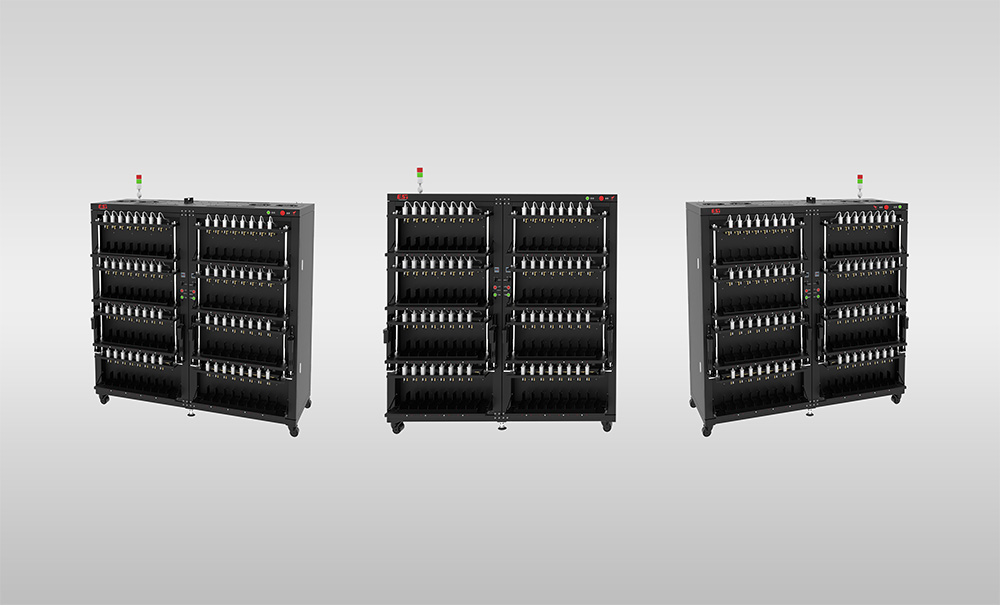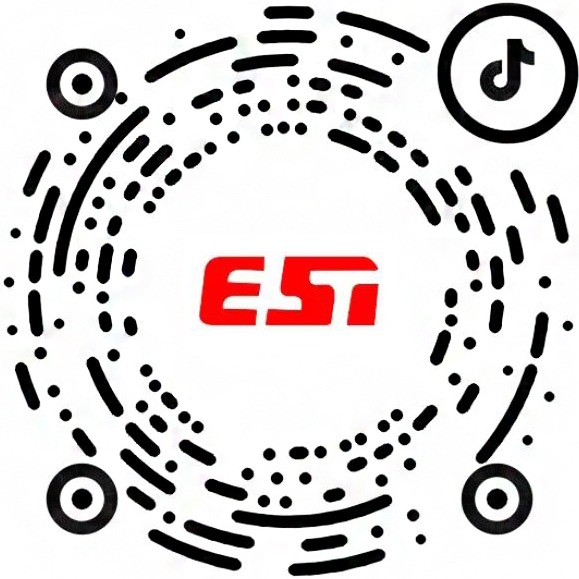
Battery charging and discharging capacity tester
Choosing the appropriate charging current requires comprehensive consideration of the battery type and application scenarios. The following are specific methods:
1、 Select charging current based on battery type
1. Lithium ion batteries
For lithium-ion batteries in consumer electronics products such as smartphones and tablets, smaller charging currents are usually used, typically between 0.2C and 1C. This is because consumer electronics products have relatively low requirements for charging speed, and low current charging can reduce battery heating and aging, extending battery life. For example, the battery capacity of a smartphone is usually between 3000mAh and 5000mAh. With a charging current of 1C, which is 3A to 5A, it can be fully charged in 1 to 2 hours, meeting the daily needs of users while ensuring the performance and lifespan of the battery.
For lithium-ion batteries in high-power applications such as electric vehicles, due to the high requirements for charging speed, the charging current can be appropriately increased, but generally should not exceed 2C. This is because the battery capacity of electric vehicles is relatively large, usually in the tens or even hundreds of kilowatt hours. If the charging current is too small, the charging time will be too long, which will affect the user's experience. However, excessive charging current can cause severe heating of the battery, affecting its safety and lifespan. For example, an electric vehicle with a battery capacity of 50kWh and a charging current of 1C, which is 50A, may take several hours to fully charge; If a charging current of 2C, which is 100A, is used, the charging time can be shortened to about 1 to 2 hours, but more powerful charging equipment and cooling systems need to be equipped.
2. Lead acid batteries
The charging current of lead-acid batteries is generally small, usually between 0.1C and 0.3C. This is because lead-acid batteries have a relatively low charging capacity, and excessive charging current can cause the battery to heat up, lose water severely, and shorten its lifespan. For example, a 12V, 100Ah lead-acid battery, charged with a current of 0.1C or 10A, takes 10 to 12 hours to fully charge; If a charging current of 0.3C or 30A is used, the charging time can be shortened to about 3 to 4 hours, but attention should be paid to the temperature and water loss of the battery, and maintenance should be carried out in a timely manner.
For some special application scenarios, such as electric forklifts, due to the high requirements for battery power and endurance, the charging current can be appropriately increased, but generally should not exceed 0.5C. At the same time, specialized charging equipment and cooling systems are required to ensure the safety and lifespan of the battery.
3. Nickel hydrogen batteries
The charging current of nickel hydrogen batteries is generally between 0.1C and 0.5C. The charging capacity of nickel hydrogen batteries is relatively good, but excessive charging current can also cause battery heating and aging, affecting battery life. For example, the capacity of an AA type nickel hydrogen battery is usually between 2000mAh and 2500mAh, and it takes 8 to 10 hours to fully charge with a charging current of 0.1C, which is 200mA to 250mA; If a charging current of 0.5C, i.e. 1A to 1.25A, is used, the charging time can be shortened to about 2 to 3 hours, but attention should be paid to the battery temperature and the number of charging and discharging cycles to avoid overcharging and overdischarging.
2、 Select charging current based on application scenario
1. Consumer electronics products
For consumer electronics products such as mobile phones and tablets, due to users' relatively low requirements for charging speed and their desire for longer battery life, smaller charging currents are usually used. In addition, consumer electronic products have a small volume, limited heat dissipation conditions, and are not suitable for using excessive charging currents. For example, when a smartphone is being charged, if the charging current is too high, it can cause the phone to overheat severely, affecting the user's experience and even potentially damaging the internal electronic components of the phone.
For some portable power banks and other products, due to the need to charge multiple devices in a short period of time, larger charging currents may be required, but compatibility and safety of charging devices also need to be considered. For example, a 10000mAh power bank with a charging current of 2A would take 5 to 6 hours to fully charge; If a charging current of 3A is used, the charging time can be shortened to about 3 to 4 hours, but it is necessary to ensure that the charging device supports such a large current output and does not cause damage to the power bank.
2. Electric vehicles
Electric vehicles have high requirements for charging speed, so the charging current can be appropriately increased. However, excessive charging current can cause severe heating of the battery, affecting its safety and lifespan. Therefore, it is necessary to choose the appropriate charging current based on factors such as the battery capacity of the electric vehicle, the power of the charging equipment, and the heat dissipation conditions. For example, an electric vehicle has a battery capacity of 50kWh. If a 60kW fast charging device is used, the charging current is about 120A, and the battery can be charged to about 80% of its capacity in 30 minutes to 1 hour; If a 30kW slow charging device is used, the charging current is about 60A, and the charging time may take several hours or even longer.
In addition, the charging scenario of electric vehicles will also affect the choice of charging current. If charging is done at a home charging station, due to the relatively long charging time, a smaller charging current can be used to extend the battery life; If charging at a public fast charging station, due to the user's desire to fully charge as soon as possible, a larger charging current may be required, but attention should be paid to the temperature and safety of the battery.
3. Energy storage system
Energy storage systems have high requirements for battery life and safety, so smaller charging currents are usually used. This is because the battery capacity of the energy storage system is relatively large, and the charging time is relatively long, so there is no need to pursue excessively high charging speeds. Meanwhile, low current charging can reduce battery heating and aging, extending the battery's lifespan. For example, a 100kWh energy storage system with a charging power of 10kW and a charging current of about 20A can fully charge the battery in about 10 hours; If a charging power of 20kW is used, the charging current is about 40A, and the charging time can be shortened to about 5 hours, but attention should be paid to the temperature and heat dissipation of the battery.
In addition, the application scenarios of energy storage systems will also affect the selection of charging current. If it is used for household energy storage or small commercial energy storage, due to the relatively small charging power, a smaller charging current can be used; If used for large-scale industrial energy storage or grid energy storage, due to the high charging power, the appropriate charging current needs to be selected based on factors such as battery performance and heat dissipation conditions to ensure the safety and lifespan of the battery.




